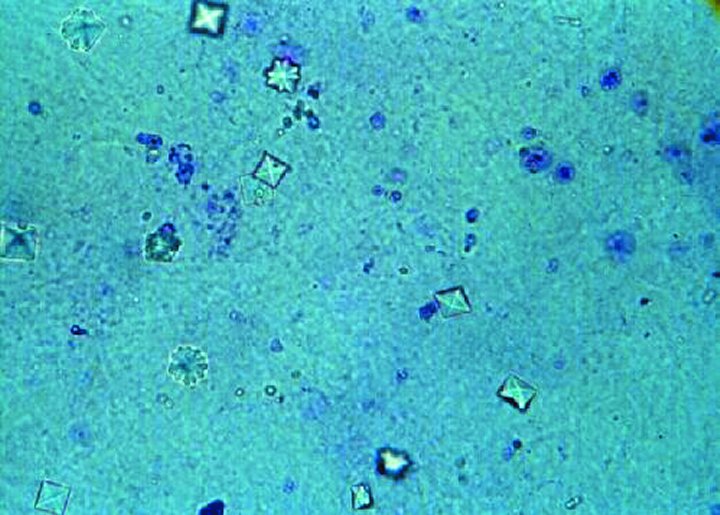Q: Why patients with Citalopram (Celexa) overdose should be observed in hospital or ICU for longer period of time than other SSRIs ?
Answer:
Patients with citalopram (and escitalopram) overdose should be observed in telemetry bed for at least 13 hours or preferably 24 hours, because of the risk of delayed toxicity, resulting in prolonged QTc interval and consequent cardiac dysrhythmias like torsades de pointes). Another life threatening side effect is occurrence of seizure.
Patients with other SSRIs overdose are usually OK to discharge after observation for 8-10 hours.
In general, dose for Celexa above 40 mg/day are not recommended because of the risk for QT prolongation.
Reference:
1. Pacher P, Ungvari Z, Nanasi P, et al. Speculations on difference between tricyclic and selective serotonin reuptake inhibitor antidepressants on their cardiac effects. Is there any? Current Medicinal Chemistry 1999; 6:469-480.
2. Grundemar L, Wohlfart B, Lagersteedt C, et al. Symptoms and signs of severe citalopram overdose. Lancet 1997; 349: 1602.
3. Catalano G, Catalano MC, Epstein MA, et al. QTc interval prolongation associated with citalopram overdose: a case report and literature review. Clin Neuropharmacol 2001; May-June: 2-6.




